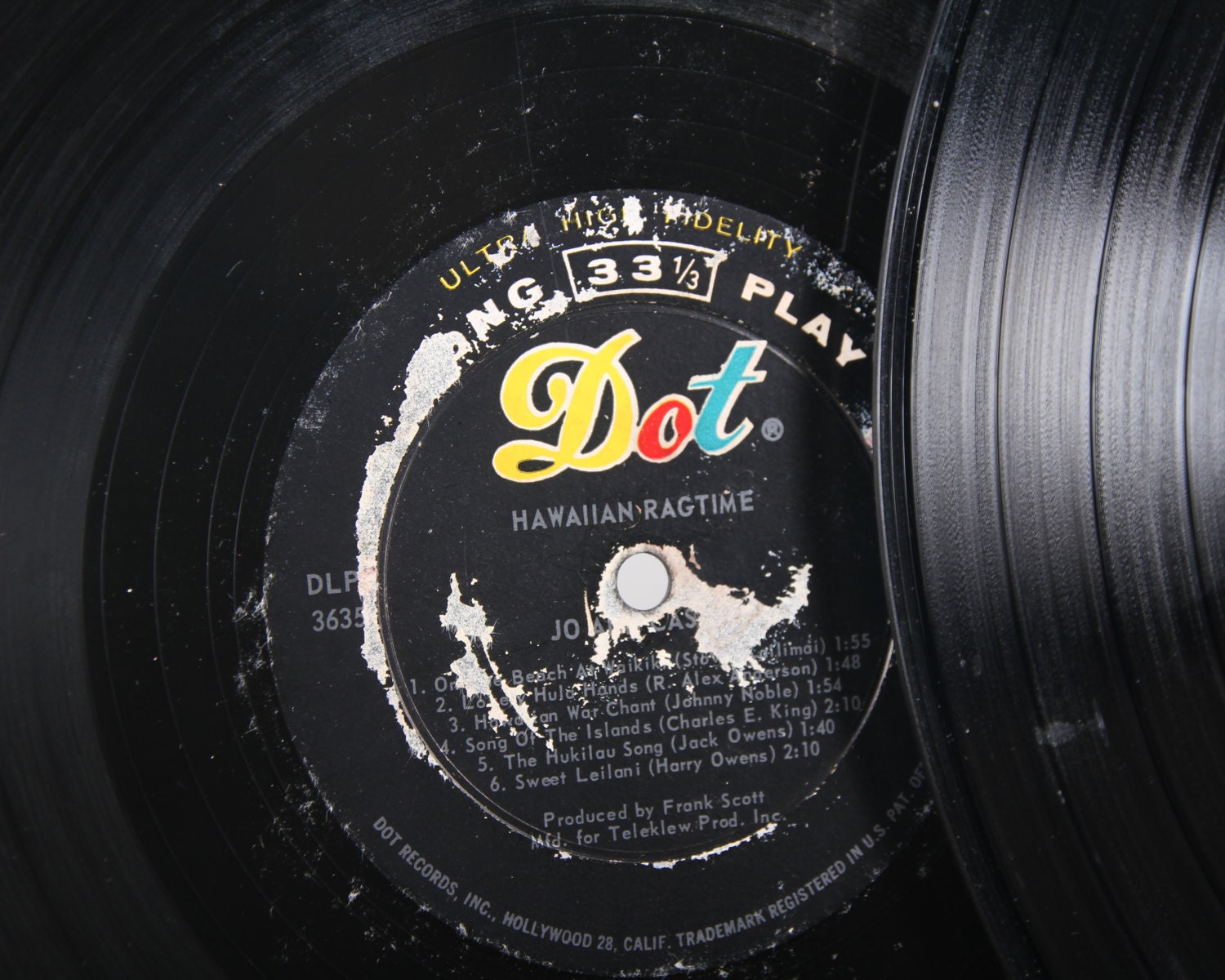

The 78, mercifully, was out of the picture by 1950.Īctually, the whole concept of constant turntable speed had been obsolete since the turn of the century.

Thus we ended with one speed and spindle size for popular songs, and another for symphonies. Nonetheless, the public allowed itself to be duped, and in 1951 Columbia began making 45s too.

A 7-inch record was simply more convenient for single tunes than a 12-inch one. In reality, of course, the speed didn’t make any difference. Instead, it spent $5 million advertising 45 RPM as the preferred speed for popular music. It began making 33-1/3 records using the Columbia system. RCA, though, held out for 18 months, during which time industry sales volume dropped 25 percent as consumers waited for the giants to fight it out between themselves.įinally, in 1950, RCA capitulated, sort of. Thus began the so-called “war of the speeds.” Since 45s offered few real advantages over the old 78s, most of the smaller manufacturers opted for the Columbia system. The big hole was apparently supposed to make the two types of records even more incompatible. But it was revealed that in fact RCA had told its engineers to come up with any old speed so long as it wasn’t compatible with Columbia’s system. In presenting the 45, RCA came up with some drivel about how 45 RPM was the optimum speed for sound reproduction. Just as Emile Berliner had adapted his disc to meet the standard of the Edison cylinder, RCA had designed the 45 to conform to the 78 - it offered the same playing time, somewhat improved fidelity, and the dubious advantage of being more “convenient” because the discs were smaller. The company insisted on making what looked like another bonehead move: dumping an entirely new system - 45 RPM - on the market.
#Old 33 rpm records free
Hoping to set 33-1/3 as the new standard, Columbia offered the process free to any company that cared to use it.īut RCA Victor, still licking its corporate wounds after the 1931 debacle, would have none of it. Columbia shrewdly pitched the new “LPs” to classical musical collectors, pointing out that the longhair listener could now settle back and enjoy an entire movement of a symphony without the annoyance of changing the disc every five minutes. Peter Goldmark’s new “microgroove” system. In 1931, RCA Victor badly bungled an attempt to put a cheap, imperfect 33-1/3 system on the mass market, and no one tried it again until 1948, when Columbia Records introduced Dr.

So, through the twenties and thirties, the process was used only in studios and radio stations. But the record manufacturers felt the fickle public - then deserting the phonograph in favor of a newer novelty, the radio - would be put off by the cost of converting from 78 to 33-1/3. The fidelity possible at 78 RPM could now be had at a much slower speed - 33-1/3. 78.26 happened to be the speed a common, mass-produced 3600 RPM motor would yield if fitted with an equally common 46:1 gear.Īround this same time the original acoustic method of recording was made obsolete by a new, and far superior, electric system. When Emile Berliner invented the disc record in 1888, he designed it to meet the loose standards of the Edison cylinder - five minutes of playing time at 70 to 80 RPM.įormal standardization - at 78.26 RPM - didn’t come until 1925, when the phonograph was married to the electric motor. That was slow enough to get five minutes of material (then, as now, the average length of a popular song) onto one of Edison’s five-inch cylinders, and fast enough to provide what passed in those days for decent fidelity. The listener cranked the machine at whatever speed sounded right, which usually worked out to around 80 RPM. Thomas Edison’s first phonographs were hand cranked, which made a single standard speed virtually impossible. Slow speeds are acceptable for spoken-word recordings (many early “talking books” were recorded at 16-2/3 RPM), but not for music, where sound quality is critical. The slower a record revolves, the longer it plays and the worse it sounds. The compromise in this case was between playing time and fidelity. Like so many things in this world, John, the various record speeds were determined by chance and compromise.


 0 kommentar(er)
0 kommentar(er)
